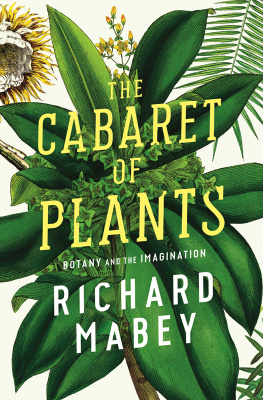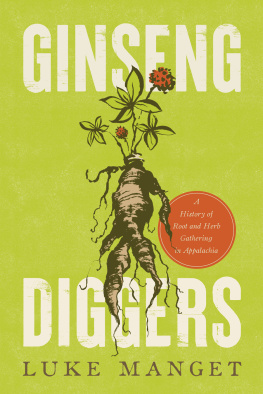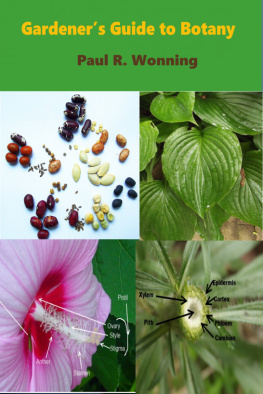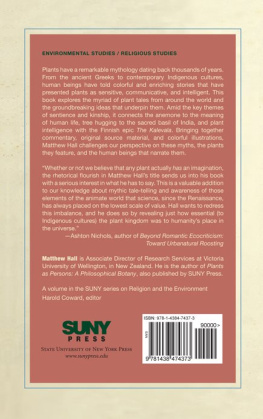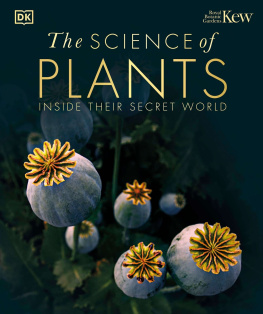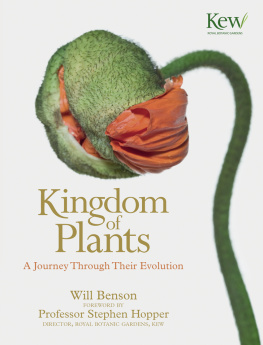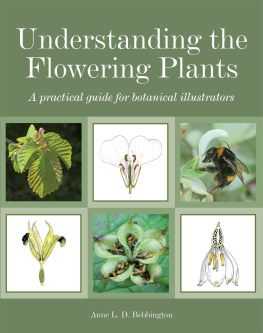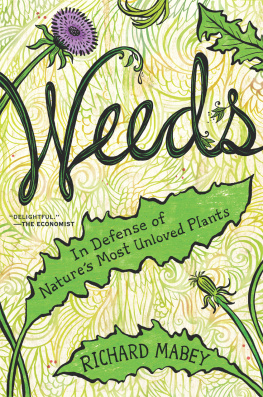Acknowledgements
Its always difficult to judge how deep a books roots go, so if there are any colleagues who recognise their influence in these pages and are not acknowledged below, let me apologise and thank them now. To those involved during the three years I was working directly on Cabaret, for reading and commenting on sections, for advice and support, for pointing out sources, stories, books, for company on walks and more ambitious explorations and for simple support warm thanks to Bill Adams, Ian Collins, Jill Cook at the British Museum, Jon Cook, Francesca Greenoak, Jay Griffiths, Robin and Rachel Hamilton, Caspar Henderson, Richard Holmes, Tony Hopkins, the staff of the Hortus Botanicus in Amsterdam, Kathleen Jamie, the Linnaean Society of London, Robert Macfarlane, Lucy Newlyn, Peter Newmark, Norwich Cathedral Library, the staff of the Orto Botanico in Padua, Philip Oswald, Martin Sanford of the Suffolk Biological Records Centre, Martha, Reuben and Kit Shawyer, the late Richard Simon, and Christopher Woodward of the Museum of Garden History. And a special debt of gratitude to my dear friends and botanical mentors, Bob Gibbons and Libby Ingalls, for their wisdom and company on many botanising trips at home and abroad, and for sharing their experiences of places I have never visited.
Of the many sacks of books one reads in the course of research, I will single out one that has been especially inspirational: Molly Mahoods The Poet as Botanist. The Cabaret could be seen as a response, maybe subtitled The Botanist as Poet, or even The Plant as Poet.
I am deeply grateful to Dame Fiona Reynolds, Master of Emmanuel College, Cambridge, and the college fellows, for the award of a Derek Brewer Visiting Fellowship in 2014, which gave me the freedom of weeks of uninterrupted reading, and the chance to use the Cambridge University Botanic Gardens as my home patch. A particular bow is due to Emmanuels Senior Arboreal Fellow, the Great Plane under whose prehensile boughs I spent many meditative and productive hours. In the Cambridge Botanic Gardens special thanks to the glasshouse curator, Alex Summers and his staff, who gave freely of their time and knowledge. The cooperation of the Royal Botanic Gardens, Kew was also invaluable, and I thank the Director, Richard Deverell, for facilitating this, and Richard Barley, Director Horticulture, and the irrepressibly friendly and enthusiastic staff of the herbarium, archives In the engine room, great thanks to Andrew Franklin, my publisher at Profile, for commissioning the book and for his unwavering support even at times when the project must have seemed as unruly as a bramble patch. To Penny Daniel, my editor, for her patience and understanding during the books progress, and my all too frequent lapses of faith in it, and for her diligent and sensitive editing of the final text. To Trevor Horwood for, as usual, forensically precise copy-editing and, thank goodness, for challenging me when I went too far out on a limb. To Cecilia Mackay for her brilliant work in finding and helping choose the images. To Douglas Matthews for his scholarly but accessible index. On the home front, my partner Polly was a sharp-eyed and enthusiastic companion on field trips, and warm support during the inevitable emotional ups and downs of writing a long book. She knows the score by now, but Im well aware that doesnt make it any easier for her.
Finally more thanks than I can properly express to my agent Vivien Green. This book evolved from an original idea by her, and during its progress she acted as critic, therapist, arbitrator, applauder and purveyor of tough love with all the affection and wisdom she has shown over three decades. This book is dedicated to her.
ALSO BY RICHARD MABEY
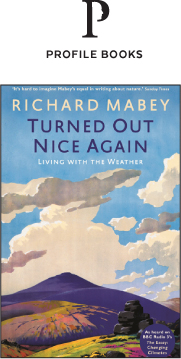
Turned Out Nice Again
Living with the Weather
ISBN 978 1 78125 052 5
eISBN 978 1 84765 895 1

The Perfumier and the Stinkhorn
ISBN 978 1 84668 407 4
eISBN9 8184 654502
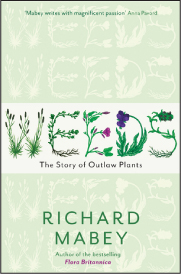
Weeds
The Story of Outlaw Plants
ISBN 978 1 84668 081 6
eISBN 978 1 84765 284 3
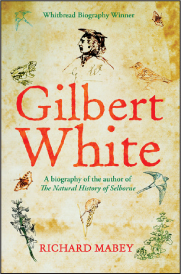
Gilbert White
A biography of the author of The Natural History of Selborne
ISBN 978 1 86197 807 3
eISBN 978 1 84765 385 7
Symbols from the Ice: Plants as Food and Forms
THE COMPELLING IMAGES OF NATURE in the caves of southern Europe are our species earliest surviving works of imaginative representation. The galloping horses and rippling bison created by Palaeolithic artists up to 40,000 years ago are very evidently themselves, but also seem to stand for elusive abstract notions: symbolic forms, the energy of movement and creation, perhaps a world beyond the physical. What is curious, given the way that plant representations were to proliferate in future millennia, is how sparse images of the vegetable world are, and how vague. Most of the creatures painted on cave walls or engraved on bones are instantly recognisable as animals. There are a handful of images, too, that have a vaguely branching plant-like quality. But I have only seen one image that is a convincing picture of a specific, potentially identifiable flower. On a bone found in Fontarnaud Cave in the Gironde and dating from about 15,000 BC, a twig bearing four bell-like blooms rises up like a miniature maypole in front of a reindeer antler. The flowers are lantern like, pinched and cut into a V at the lip, with their stalks projecting alternately up the stem. Its a passable impression of a sprig of bilberry, or crowberry, or one of their ericaceous relatives that grew abundantly on the late ice age tundra. Foliage and fruit were food for the reindeer, which, in turn, were food for the local hunter-gatherers. If this is a deliberate juxtaposition, its a clever and symmetrical one prey animal and preys forage except for one complicating feature. When I looked at a close-up photograph of the carving, I spotted something I hadnt seen before. Near the point at which the each bloom grades into the stalk there is a small curved line, like a breve or a closed eyelid. When I focused on it, the flowers suddenly flipped, like the shapes in M. C. Eschers optical illusions. They became birds heads and necks, or maybe a notional impression of young, suckling animals. The flower as feeder as well as food. Had the artist made a kind of visual pun, or a metaphorical image about the circularity of the food chain?
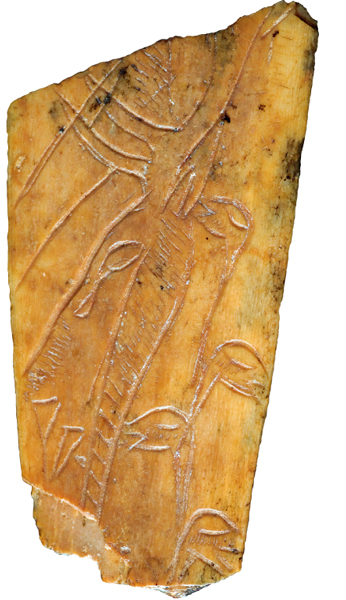
Deers head and bilberry (?) carved on a bone from a cave in the Gironde, c. 15,000 BC.
Palaeolithic artists used metaphors freely. Dark pubic triangles represented women, and probably the idea of creation. Carvers used the natural curves in cave walls to highlight the rounded bellies of animals rock paunches hinting at fodder consumed, or calves to come and to give them the illusion of movement in flickering light. This stands for that. The long habit of seeing resemblances and analogies has been a defining feature of our species since the dawning of the modern mind in the caves, 40,000 years ago. I cant help looking for metaphors in ice age art, any more than its creators could resist inserting them. So I may be translating this conjunction quite wrongly. Perhaps it is just the result of one artist filling in the bare space on another carvers bone. Perhaps it is another kind of metaphor altogether, an image of sleep maybe, or not a metaphor at all but a sophisticated doodle, unconnected to the worlds greenery.
Next page

